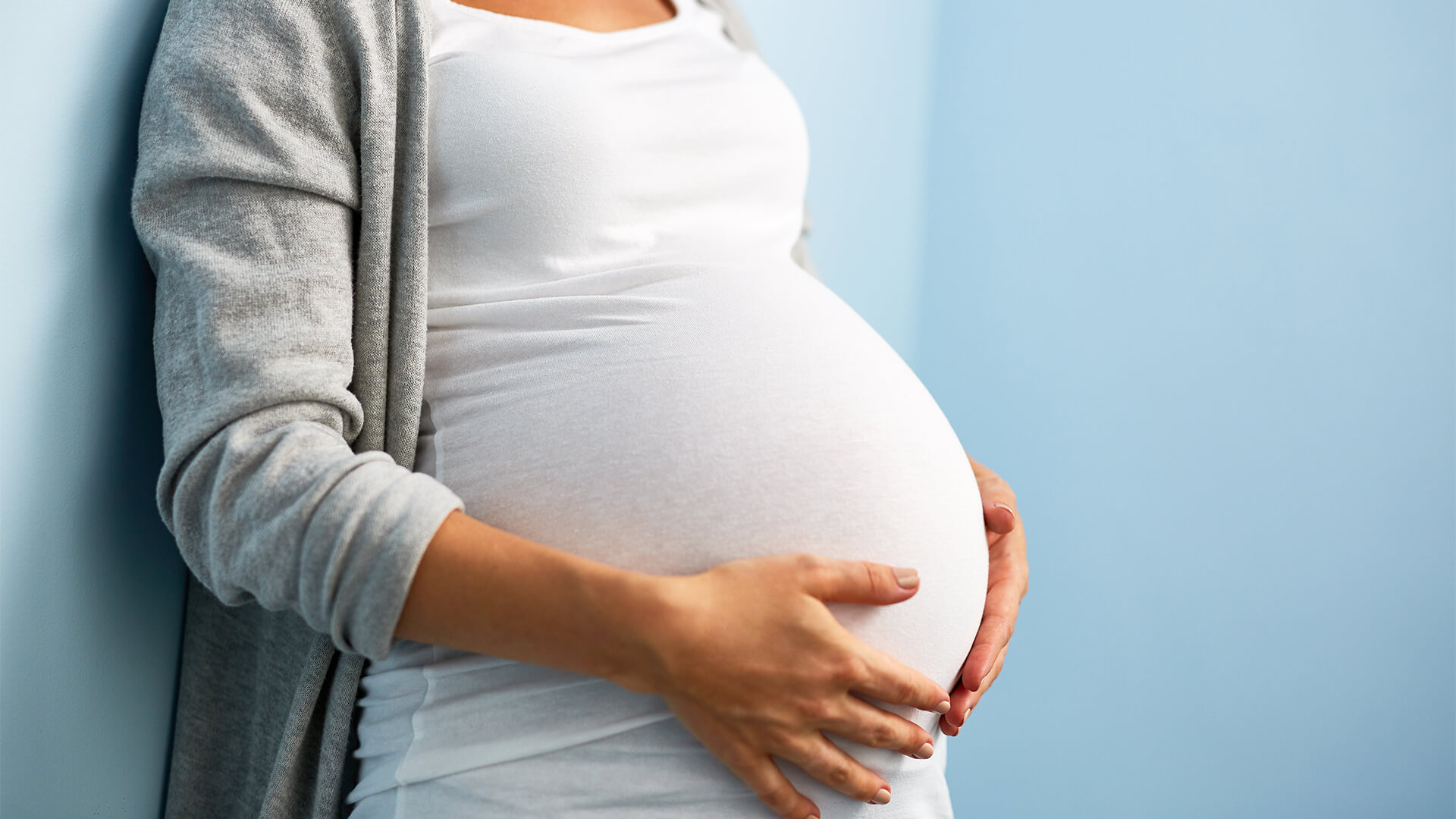
There are many fears pregnant women have about labor and childbirth, and one of the most common ones is sustaining tears and bruises down there during delivery.
A perineal tear, also called a vaginal tear, is a cut or laceration to the perineum – the area between the vagina and the anus – that occurs when the baby descends through the vagina. During pregnancy, the vagina stretches out wide enough to accommodate the descent of the baby; but sometimes, there may still not be enough room for the baby to pass through. This inevitably leaves some cuts and bruises in the vagina that may extend up to the area around the anus. Admittedly, this causes so much pain and discomfort in the days or weeks following delivery.
But there are certain things about perineal tears many women do not know about, or about which they have many misconceptions. Below are some facts about perineal tears.
There are different degrees of perineal tears
The degree of perineal tears will differ and depend on the degree of trauma sustained during childbirth. Perineal tears could be as mild as just affecting the vaginal lining or could be so severe, it cuts from the vagina through the anus. Each degree of tear comes with an increasing level of discomfort and requires somewhat different treatment and care.
There are four degrees of perineal tears: first to fourth degrees. First-degree perineal tear only involves the skin and lining of the vagina and some parts of the perineum. This type of tear is mild and often heals up spontaneously within days.
Second-degree tear, which is the most common type, extends beyond the skin of the vagina and perineum to the muscle beneath the skin and fat tissue. This type of tear usually requires stitches.
The third-degree tear is more severe than the other two; here, the tear extends to the muscle around the anus, while in fourth-degree tears, the tear extends through the muscle and cuts open into the anus, creating a big communication between the vagina and the anus.
First-time moms are at greater risk
While not all first-time moms experience vaginal tears during childbirth, as high as 95 percent of first-time moms sustain some degree of vaginal tears. Women who are having their first vaginal deliveries are more likely to sustain vaginal tears because their lady parts are still a bit inflexible and, thus, less able to stretch wide enough.
Although in subsequent pregnancies, women are less likely to have vaginal tears, there are some risk factors that could recur. For example, having assisted deliveries with forceps or vacuums, or having to push for a long time could result in perineal tears – even in subsequent deliveries.
Other risk factors for perineal tears include having a big baby (weighing more than 9 pounds or 4kg) or a baby with a large head or delivering your baby in the face-up position. Having an episiotomy (a cut made by the midwife or doctor during delivery to widen the vaginal outlet for the baby to descend) also increases the risk of vaginal tears.
The vagina can be restored after sustaining tears
Severe perineal tears can badly distort the appearance, shape, and even the size of the vagina. Sometimes, even the stitching done to repair the tears leave the vagina with a distorted look. This could also affect your sexual life as perineal tears loosen the vagina, causes severe discomfort, and reduce sexual sensation down there.
Vaginal rejuvenation surgeries, including labiaplasty and vaginoplasty, help to restore the appearance, shape, symmetry, and tone of the vagina after sustaining traumatic injuries. These procedures involve vaginal reconstruction, where excess or loose vaginal tissues are cut or trimmed and the vaginal walls are tightened.
The procedure also involves reconstruction of other parts of the genitals, including the labia, vulva, cervix, clitoris, and other areas of the perineum that have been distorted by the injuries.
You can lower your risk of perineal tears
Yes, while perineal tears are not completely preventable, you can indeed lower your risk of sustaining them during childbirth.
One helpful way to lower your risk is to try perineal massages. Perineal massage is a technique aimed at making the vaginal area and perineum more flexible and so they can stretch easily during delivery. We know that one of the risk factors for perineal tears are the rigid vaginal area and perineum seen in first-time moms. Perineal massages lower your risk of vaginal tears and also of sustaining severe tears in cases where they are inevitable.
You can commence these exercises four to six weeks before your due date and it involves frequently massaging the base of your vagina with oil or a water-based lubricant to make it softer and more supple. Perineal massage could also be done during labor; here, your doctor or midwife places two fingers of a gloved, lubricated hand inside your vagina, moving them gently from side to side.
Other ways to reduce your risk or the severity of perineal tears include choosing a birth position that makes vaginal tears less likely, such as kneeling, or all-fours position, or lying on your side. Placing a warm compress over your perineum during labor may also lessen the risk or severity of tearing.
Final Thoughts
Vaginal tears are one of pregnant mothers’ worst nightmares because it causes great discomfort and pain in their sensitive parts in the days or weeks following delivery. While the risk is higher in first-time moms, there are several other risk factors for perineal tears, which could occur in varying degrees. However, women can get help with vaginal tears; from simple solutions such as sitz baths to vaginal reconstruction, women can get past this phase and have their most sensitive parts restored.



















